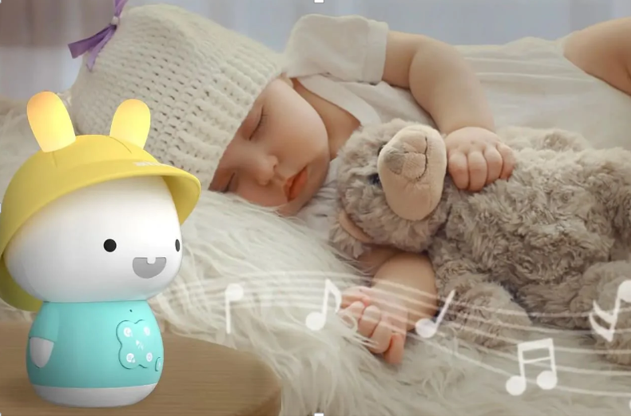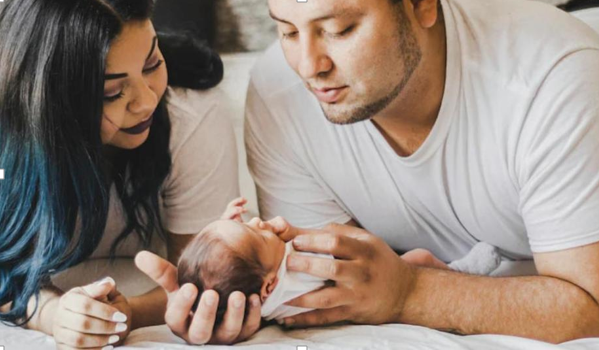Newborn vs. Infant: When Does the Shift Happen?

If you’re a new parent, you’ve probably noticed that people often use the terms “newborn” and “infant” interchangeably. However, there’s actually a difference between the two stages of early life, and understanding when your baby transitions from a newborn to an infant can help you better meet their changing needs. So, how long is the newborn stage exactly, and when does your little one officially “graduate” to the next chapter of babyhood? Let’s explore this beautiful journey together.
Understanding the Newborn Stage
First, let’s start by defining what a newborn is. Generally, the newborn stage refers to babies from birth up to around 2 months old. Some sources extend it slightly to 3 months, but most pediatricians agree that by 8 weeks, babies are moving out of their newborn phase. During this time, your baby is adjusting to life outside the womb—learning to eat, sleep, and experience the world for the very first time.
The newborn period is a whirlwind of growth and change. Your little one will display reflexes like the startle (Moro) reflex, spend most of their time sleeping, and communicate primarily through crying. Their eyesight is limited to about 8–12 inches, and they rely heavily on touch, smell, and sound to bond with you.
Signals to Watch for the Shift from an Infant to a Newborn
Physical Changes Signal the Shift
One of the biggest signs that your baby is leaving the newborn phase is physical development. Around 2 to 3 months, babies begin gaining better head control, their movements become more purposeful, and you might even see the first hints of a real smile. Instead of just reflexively gripping your finger, they might start reaching intentionally toward objects. These milestones are strong indicators that your child is transitioning into the infant stage.
Behavioral Shifts to Watch For
Behavioral changes are another clear marker. Newborns often have irregular sleep patterns and feed on demand. As they grow, infants usually start developing more predictable routines. You might notice your baby staying awake for longer periods, becoming more alert, and beginning to interact with their environment, turning toward sounds, smiling at familiar faces, and even cooing in response.
Emotional and Social Growth
The newborn stage is mostly about basic survival and comfort, but as your baby becomes an infant, emotional and social development kick in. Your baby starts to recognize caregivers, express preferences for people, and even show early signs of attachment and trust. These social smiles, giggles, and responsive coos mark an exciting shift from simply existing in the world to engaging with it.

Feeding and Sleeping Developments
During the newborn stage, feeding is frequent—whether breastfed or formula-fed, your baby might eat every 2–3 hours around the clock. As they move into the infant stage, they often start stretching out the time between feedings and may even offer you longer stretches of sleep at night. While sleeping through the night is still a few months away for most babies, even small improvements in sleep and feeding routines can feel like major milestones.
Motor Skills and Sensory Awareness
Newborns are very much in a reactive stage, but infants begin taking a more active role in their development. They start following objects with their eyes, batting at toys, and discovering their hands and feet. Sensory play becomes more interesting to them—bright colors, new textures, and simple sounds captivate their attention and help promote further development.
Conclusion
To put it simply, the newborn stage typically lasts from birth to around 2 months of age. However, every baby is unique, and some may show signs of moving into the infant stage a little earlier or later. The key is to watch your baby’s development rather than fixate on the calendar. Understanding the transition from newborn to infant can help you better appreciate the amazing changes your baby goes through early in life. Each smile, wiggle, and coo is a step forward in their journey. Cherish the ride—it goes faster than you think!




